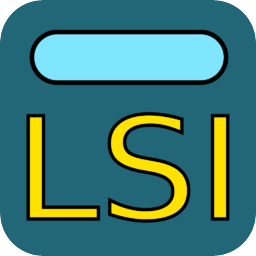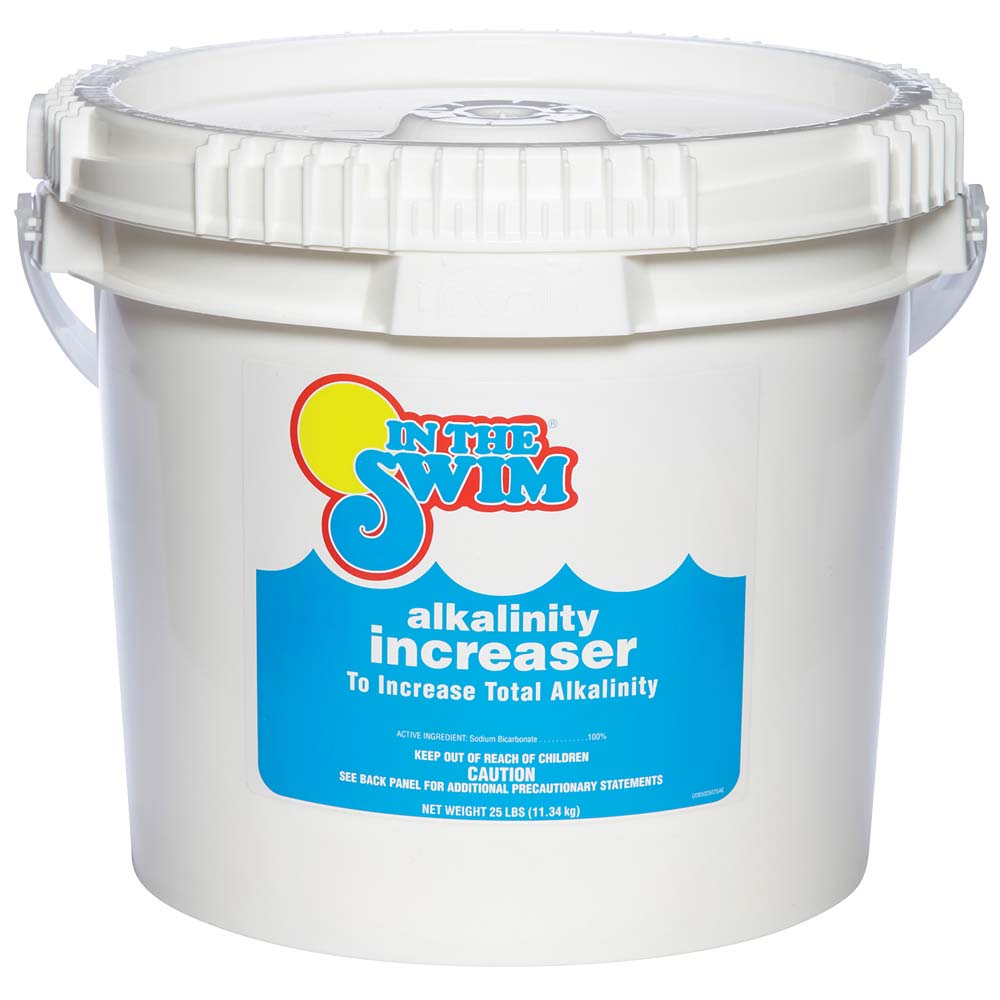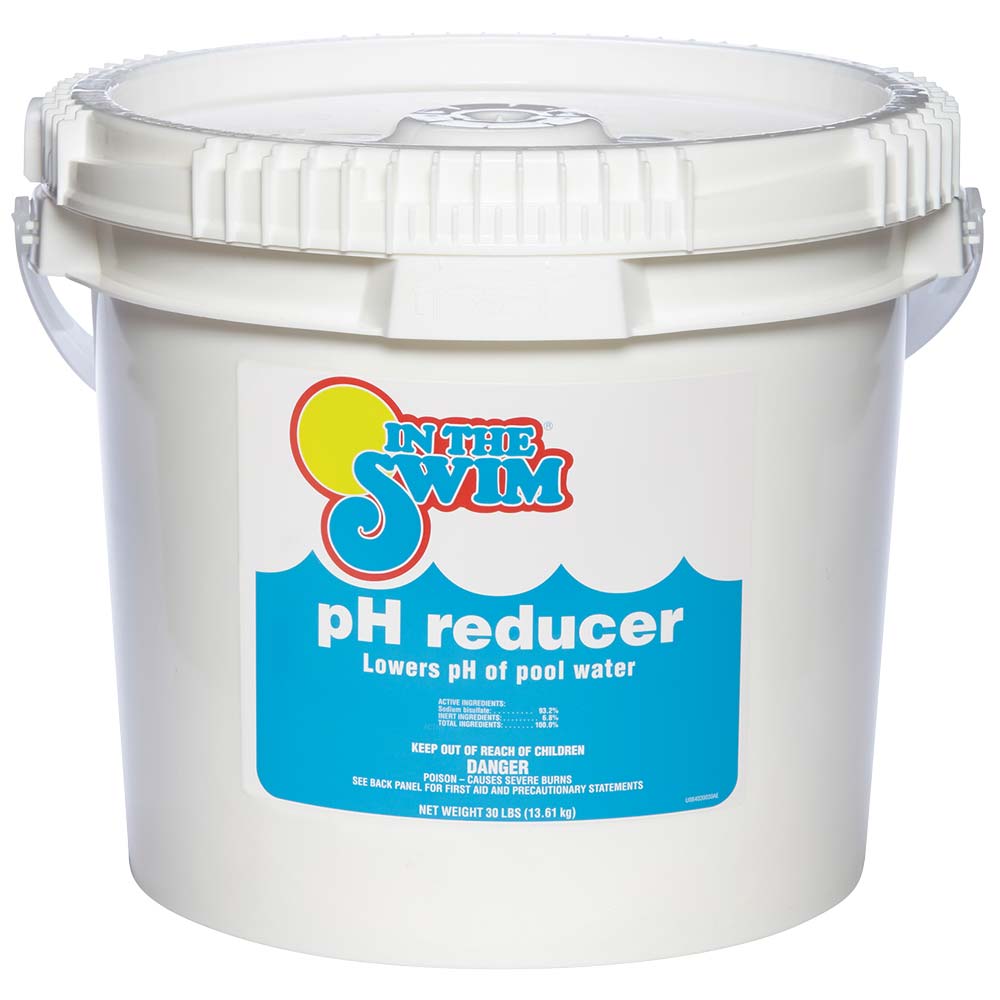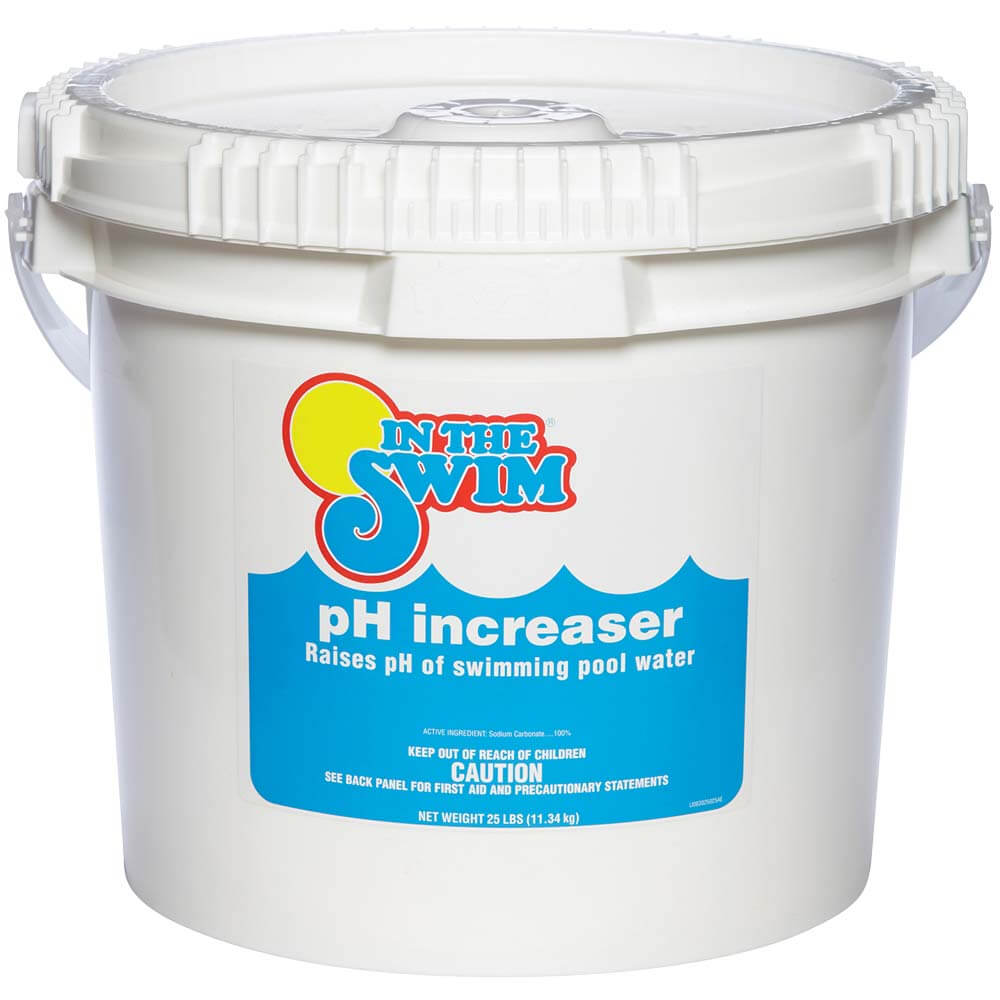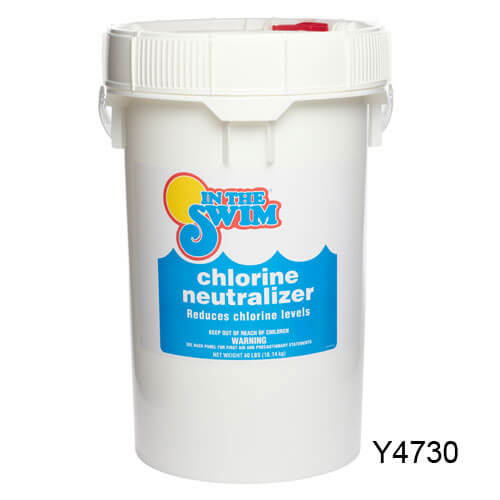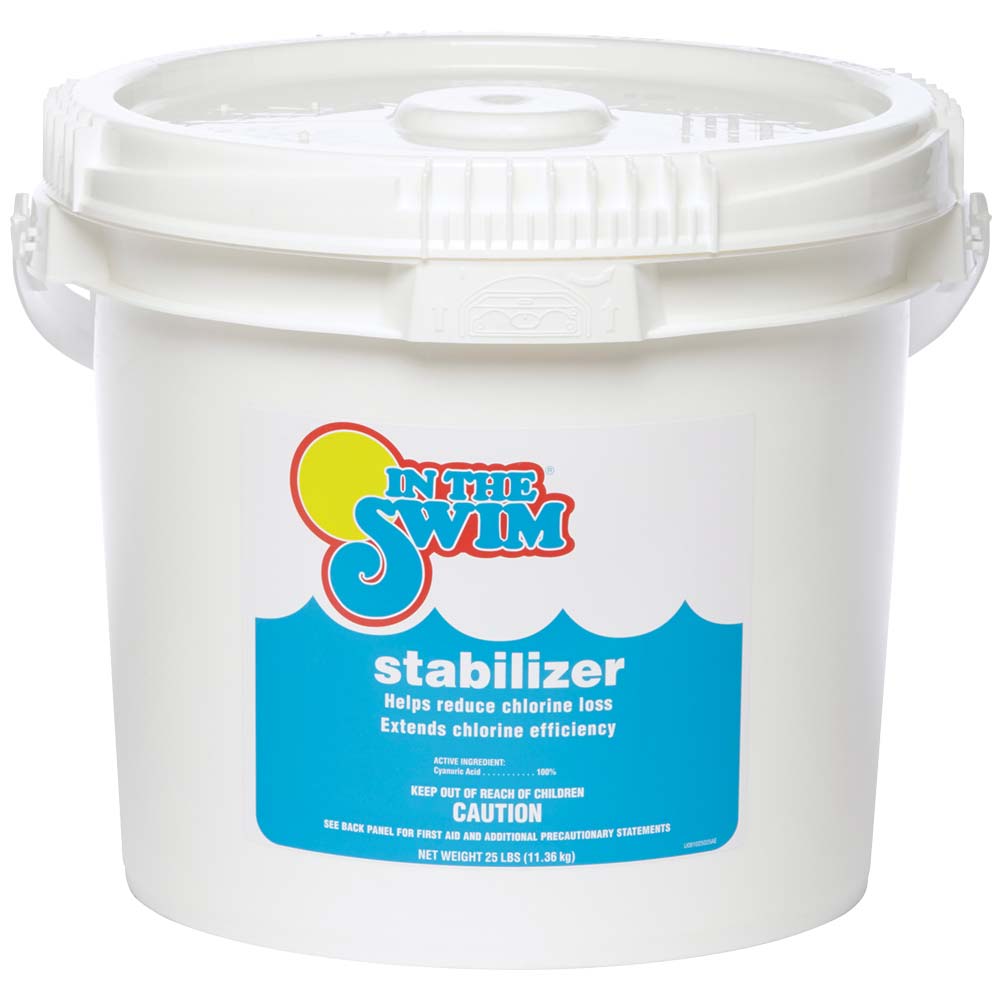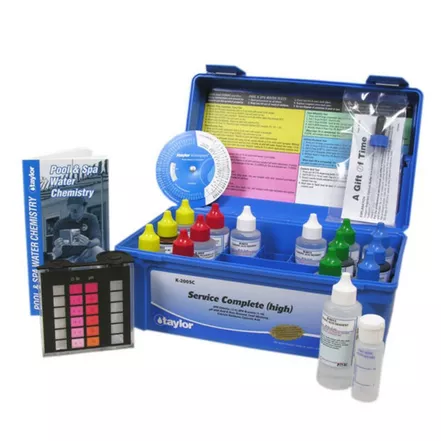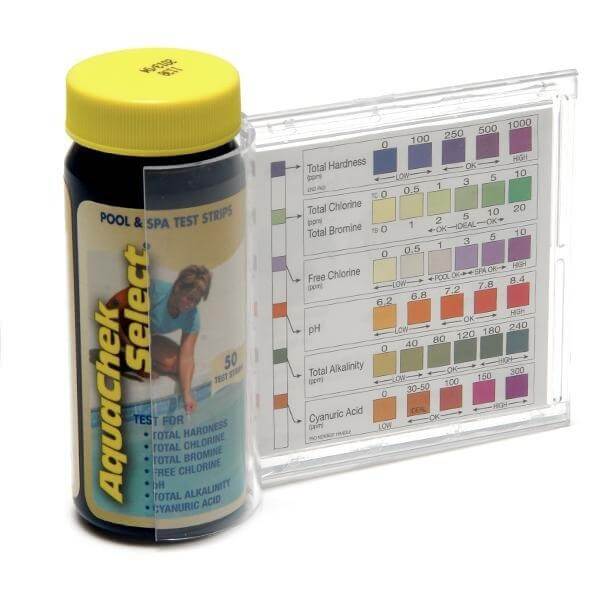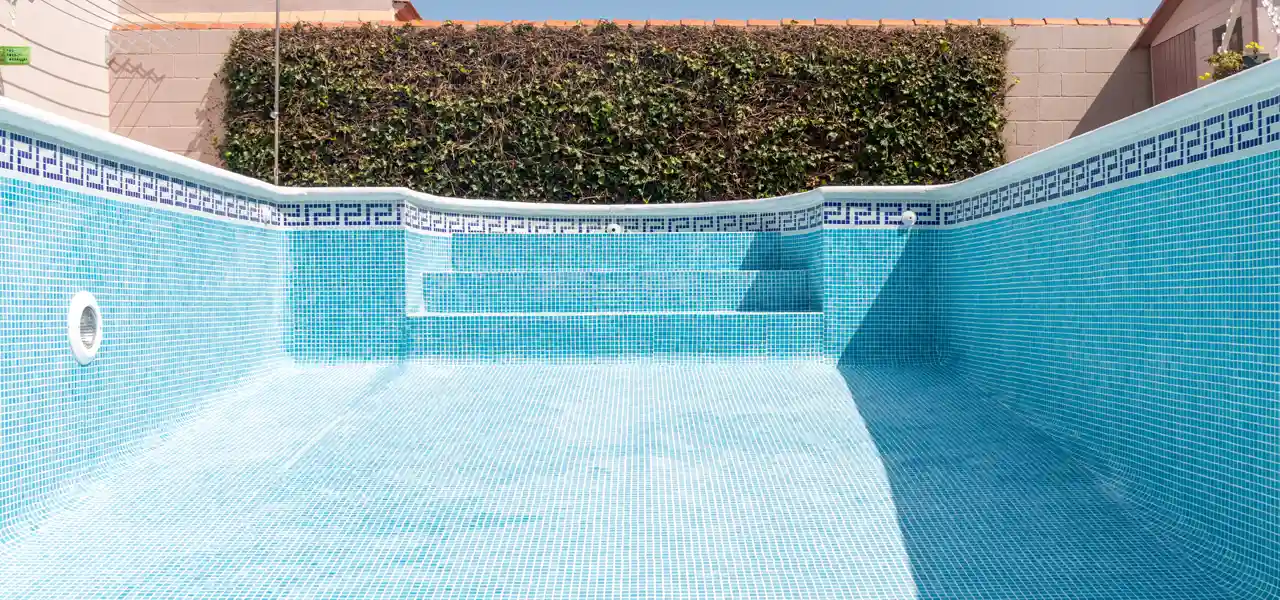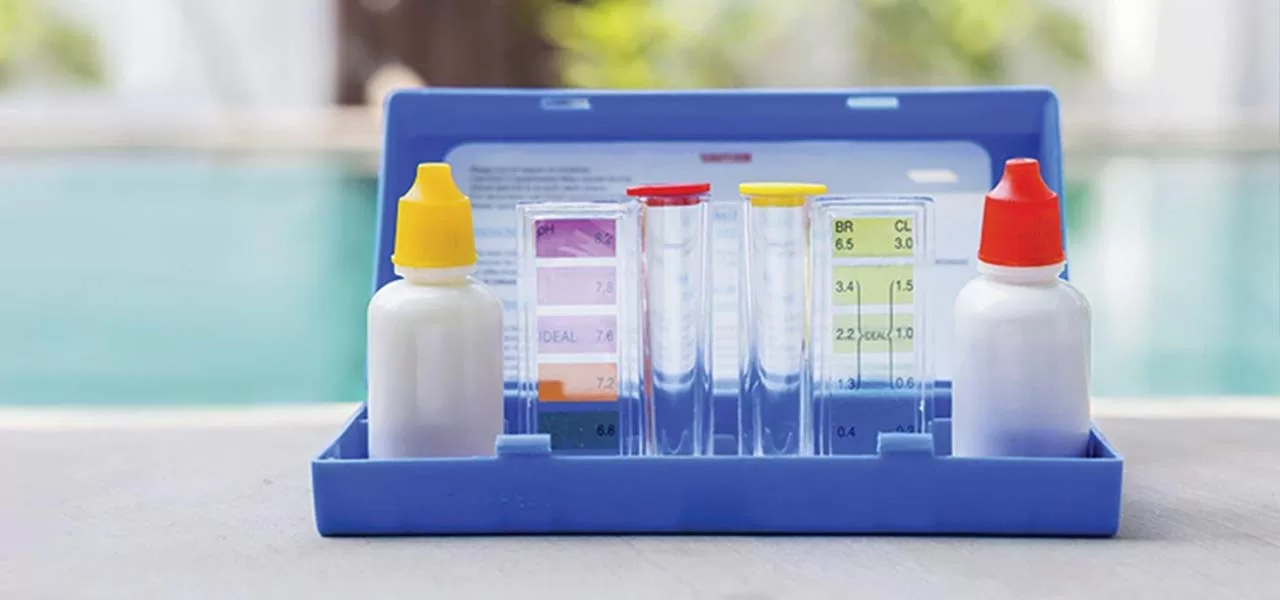The Saturation Index ~ What is it?
Wilfred F. Langelier was born in 1886 in Nashua, New Hampshire. In 1909 he received his undergraduate degree in chemistry at the University of New Hampshire. Two years later he received an advanced degree in chemical engineering at the University of Illinois. Graduate work led Wilfred to sanitary engineering where he worked with the Illinois Water Survey. He remained there until 1916 when he was recruited by Professor Charles Gilman Hyde at the University of California-Berkley. Hyde was developing a unique Sanitary Engineering education program that Professor Langelier would prove instrumental in developing.
Professor Langelier and Hyde soon became one of the most impressive chemist engineering teams in the area of water treatment technology. Professor Langelier is best known for the development of the Langelier Saturation Index (LSI). In 1936 he published the paper entitled, “The Analytical Control of Anti-Corrosive Water Treatment”. This paper discussing the saturation concept contained formulas, tables, photographs and references. The LSI was herein derived as a useful technical control parameter determining how corrosive water might be in plumbing and pipes.
The Langelier Index is used to determine the tendencies of water toward corrosion or scaling based upon the pH (potential of hydrogen) of calcium carbonate (CaCO3). In other words, The Langelier Saturation Index is used as a guide to achieve stable water. Several factors; pH, total alkalinity, total hardness, total dissolved solids and temperature are calculated to determine the potential “aggressiveness” or scale forming potential of the water. The LSI is used to pinpoint water balancing problems.
Corrosive water will dissolve the surface composites in the structure of the pool and scale forming water will precipitate hard water salts causing cloudy water and eventually will deposit scale on pool walls and other surfaces as it attempts to correct imbalances. Because of the relation to the swimming pool and spa industry the LSI was accepted and used as an index in correcting the chemistry of these recreational bodies of water.
The LSI is used worldwide in the water treatment industry and civil engineering worldwide. The saturation index written by Professor Langelier is relevant currently in the swimming pool and spa industry although it has been disputed, modified and adjusted.
During the beginning of the swimming pool era the LSI was accepted because of the correlation to swimming pool and spa plumbing and for the lack of a better reference in determining the quality of water. The Langelier Index was expanded on by the Ryzner Index, to better predict scale thickness observed in municipal water systems and the index used to monitor swimming pool and spa water was modified by a modern leader in chemistry Jock Hamilton.
Jock Hamilton was raised in southern California. In 1961 Jock started a pool company under the name of “Allied Pool Service & Engineering”. Eleven years later Mr. Hamilton expanded his business to include water chemistry and formed the United Chemical Corporation. Known as a maverick he is quoted refuting the Langelier Saturation Index as it pertains to pool and spa chemistry and offering an alternative of his own.
Hamilton slightly modifies the LSI increasing recommended alkalinity to 100 to 200 ppm rather than the previously outlined 60-80 ppm, pH between, 7.6 to 8.2, with a variable sanitizer maintained at 1ppm. According to Hamilton this decreased the maintenance in chemical adjustments and accounted for water with a temps over 100 degrees and recycled/reused water with high bather load not only in pools but spas as well.
The following charts have been set forth to help achieve “perfect” water balance;
The formula is “SI = pH + TF + CF + AF – 12.1.” To calculate the Saturation Index, test the water for pH, temperature, calcium hardness, and total alkalinity.
|
|
Calcium Hardness = CF
|
Total Alkalinity = AF
|
|
32° = 0.0
|
5 = 0.3
|
5 = 0.7
|
|
37° = 0.1
|
25 = 1.0
|
25 = 1.4
|
|
46° = 0.2
|
50 = 1.3
|
50 = 1.7
|
|
53° = 0.3
|
75 = 1.5
|
75 = 1.9
|
|
60° = 0.4
|
100 = 1.6
|
100 = 2.0
|
|
66° = 0.5
|
150 = 1.8
|
150 = 2.2
|
|
76° = 0.6
|
200 = 1.9
|
200 = 2.3
|
|
84° = 0.7
|
300 = 2.1
|
300 = 2.5
|
|
94° = 0.8
|
400 = 2.2
|
400 = 2.6
|
|
105° = 0.9
|
800 = 2.5
|
800 = 2.9
|
|
128° = 1.0
|
1000 = 2.6
|
1000 = 3.0
|
Saturation Index = pH + TF + CF + AF – 12.1
|
Example: Test results:
pH reading is 7.0
Water Temperature is 84° (TF is .7 from chart)
Calcium Hardness reading is 300 ppm (CF is 2.1 from chart)
Alkalinity reading is 25 ppm (AF is 1.4 from chart) Saturation Index =
(pH) 7.0 + (TF) 0.7 + (CF) 2.1 + (AF) 1.4 – 12.1 = -0.9 Since the equation solution equals –0.9, this indicates a corrosive water condition.
|
A result between -0.3 and +0.5 is said to indicate balanced water
The LSI and the modified Hamilton Saturation Index are not guaranteed; however, some readings for pH, calcium, and alkalinity which, if taken individually would be considered to be well beyond recommendations, can combine within the formula to produce “balanced water.”
Professor Langelier and Hamilton were both experts and pioneers in their respective fields. Their indexes continue to assist civil engineers as well as swimming pool professionals. The
United Chemical Corporation founded by Jock Hamilton is still thriving in the pool industry.
Swimming pool and spa water chemistry is no doubt a science that can become very involved and somewhat complex. Don’t let your water chemistry distract you from enjoying your pool. Do what works for you and your pool. Maintaining proper parameters is a must keeping in mind every pool is unique.
